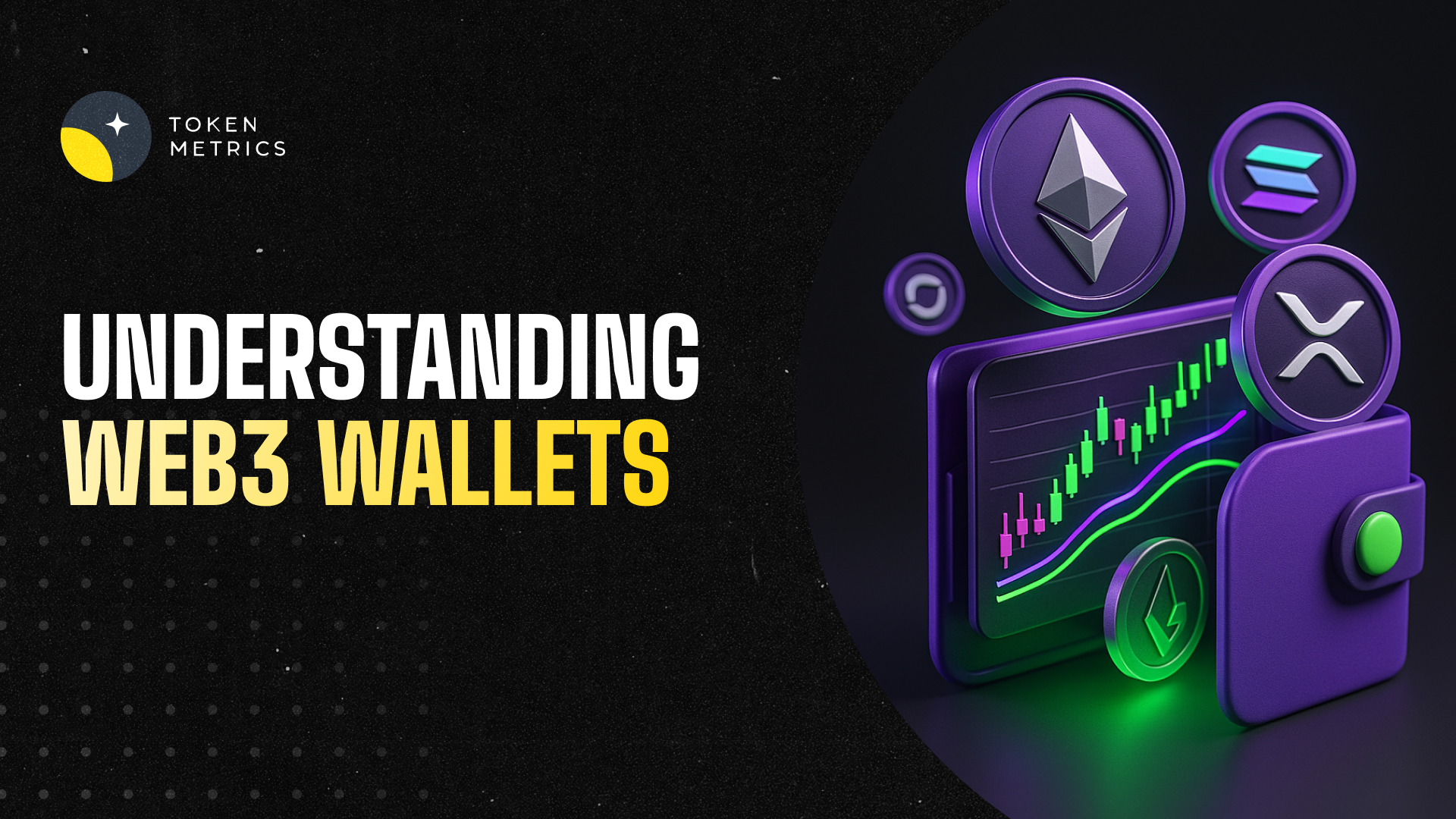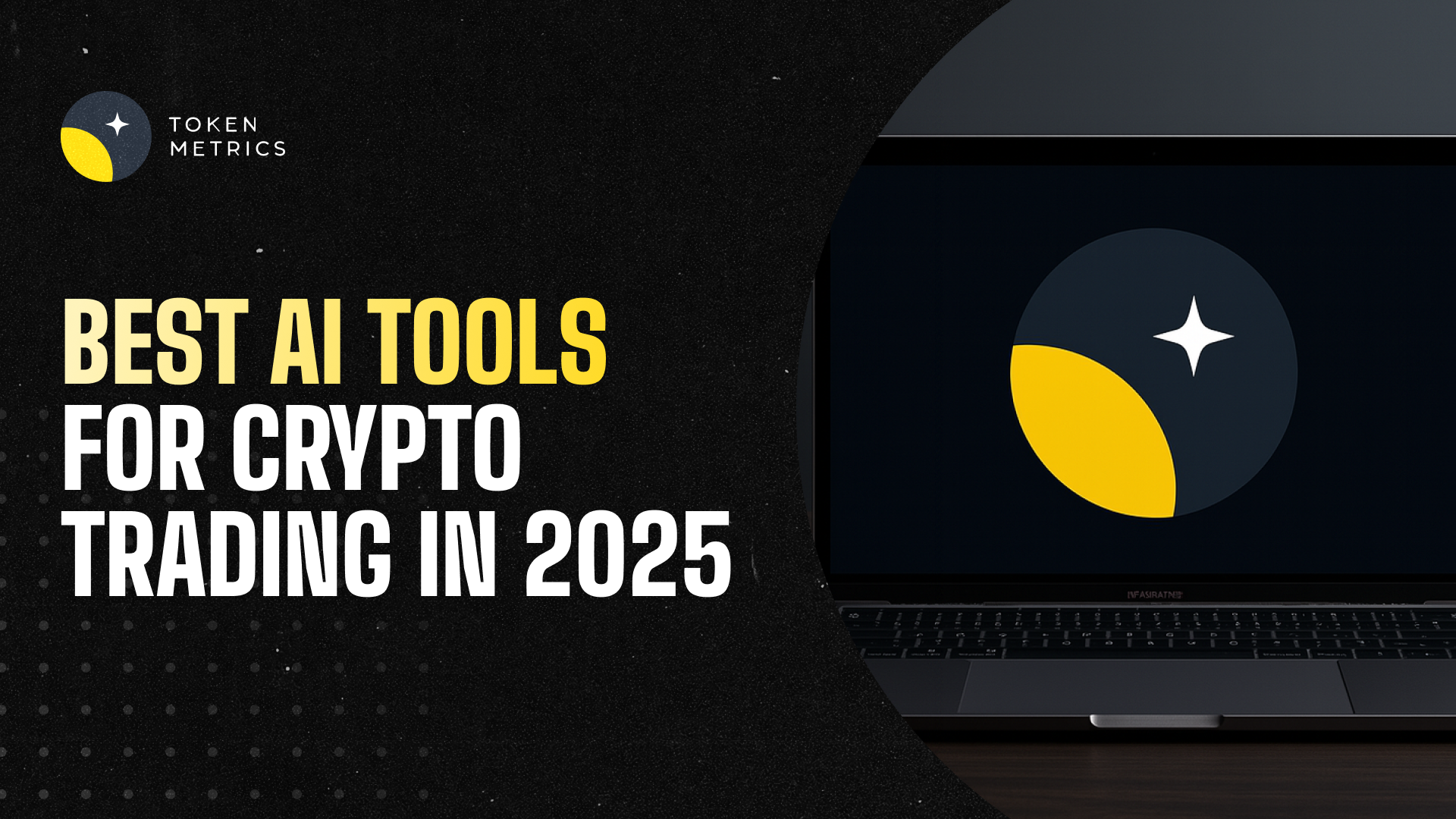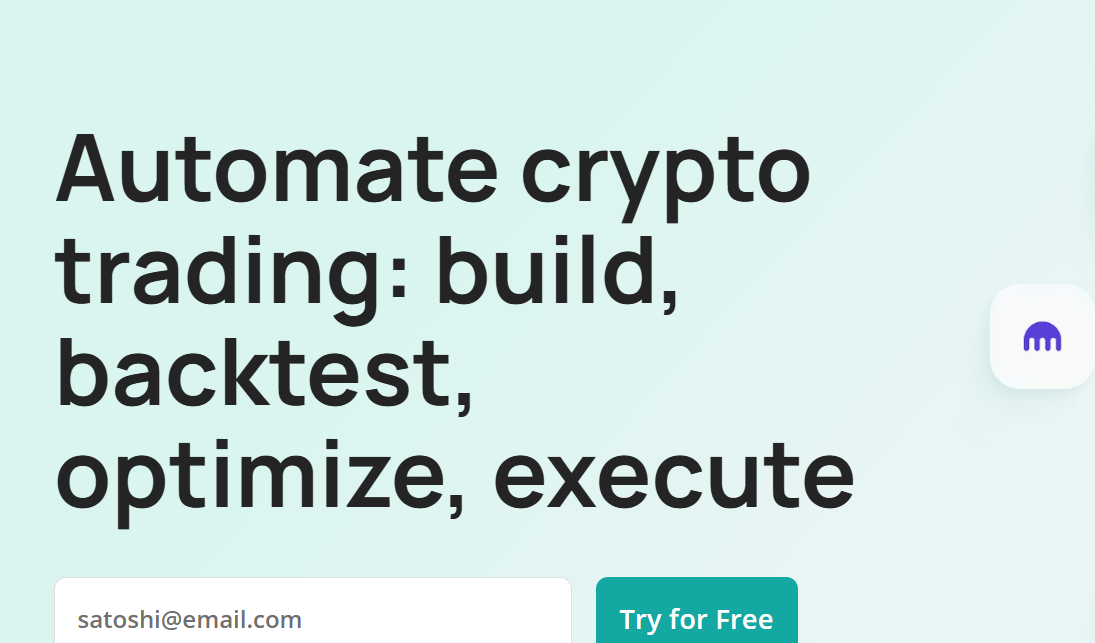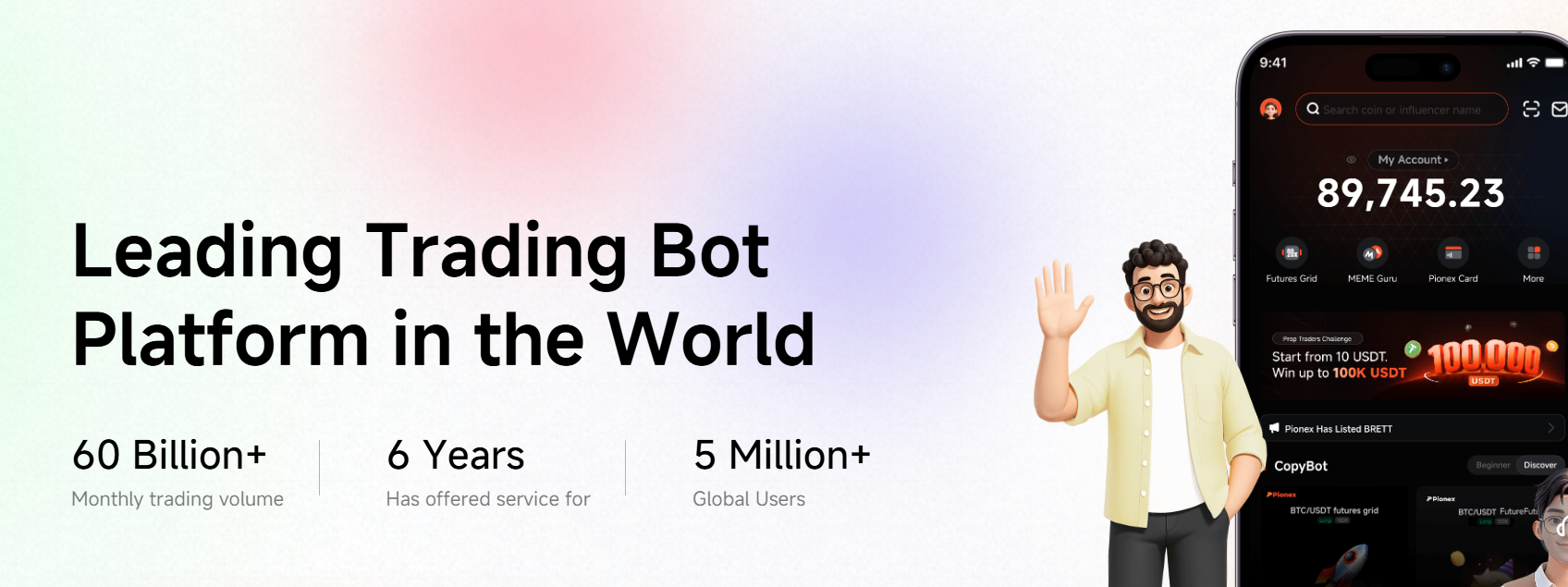
The SEC's Shift in Crypto Regulation: Implications for the Industry
.png)
A New Era for Crypto Regulation
The cryptocurrency industry is facing a pivotal moment as the U.S. Securities and Exchange Commission (SEC) signals a shift in its approach to digital asset regulation. With increased scrutiny on crypto exchanges, stablecoins, and DeFi platforms, this regulatory evolution has sparked concerns and opportunities within the industry.
What’s Changing in SEC Crypto Regulations?
In recent years, the SEC has primarily focused on enforcement actions against projects it deems as unregistered securities. However, recent statements from SEC officials suggest a potential shift toward clearer guidelines and a more structured regulatory framework. Key developments include:
- Potential Spot Crypto ETF Approvals: Following the approval of Bitcoin futures ETFs, market participants are optimistic that the SEC may soon greenlight spot-based ETFs, bringing more institutional investors into the space.
- Stablecoin Oversight: Regulatory discussions around stablecoins have intensified, with the SEC working alongside other government agencies to establish clear compliance standards.
- DeFi Under the Microscope: Decentralized finance (DeFi) platforms may soon face new regulations aimed at increasing transparency and consumer protection.
- Crackdown on Unregistered Securities: The SEC has taken action against various cryptocurrency projects, alleging that many token sales constitute unregistered securities offerings. These enforcement measures have resulted in significant fines and legal challenges for some companies.
- Tighter Exchange Regulations: Crypto exchanges operating in the U.S. are under increasing pressure to comply with securities laws, leading to new reporting and compliance requirements. Some platforms have responded by delisting certain assets or restricting services to U.S. customers.
- Potential Changes to Custody Rules: The SEC is exploring new custody regulations that could impact how exchanges and institutions manage digital assets, potentially requiring greater transparency and safeguards for investors.
Implications for the Crypto Industry
1. Greater Institutional Adoption
With more regulatory clarity, institutional investors who have been hesitant due to legal uncertainties may feel more confident entering the market, potentially driving demand and liquidity.
2. Increased Compliance Costs
Crypto projects and exchanges will need to allocate more resources to legal and compliance efforts, ensuring they meet the SEC’s evolving standards.
3. Potential Innovation Slowdown
Tighter regulations could hinder innovation, especially in the DeFi sector, where permissionless access and decentralization are key features. Some projects may shift operations to more crypto-friendly jurisdictions.
4. Improved Consumer Protection
A well-defined regulatory framework could help reduce scams and bad actors in the space, making crypto a safer investment environment for retail traders.
Stay Informed with Token Metrics
The crypto landscape is changing rapidly, and staying ahead of regulatory developments is crucial for investors and builders alike. Follow Token Metrics and subscribe to our newsletter to receive expert insights on market trends, regulatory shifts, and investment opportunities.
As the SEC refines its stance on crypto, understanding these changes can help you navigate the market with confidence. Stay informed, stay prepared, and take advantage of the opportunities this new era of regulation may bring.

.svg)

Create Your Free Token Metrics Account

.png)




%201.svg)
%201.svg)


%201.svg)













.svg)




.png)